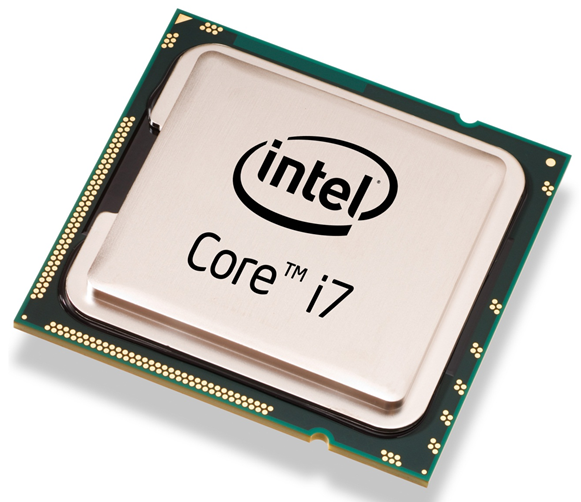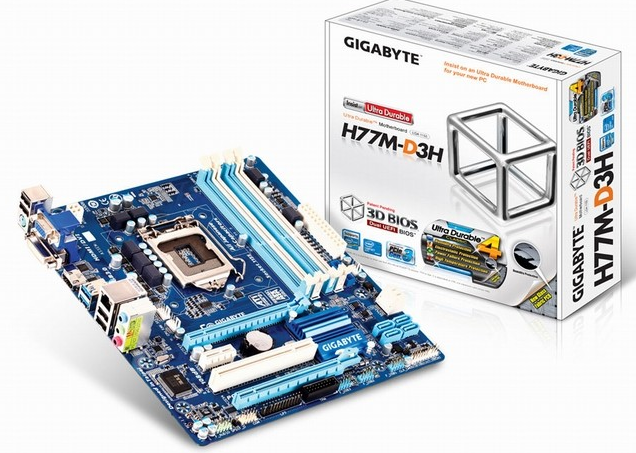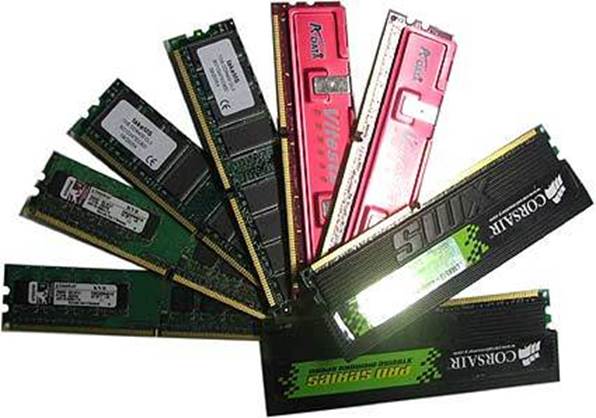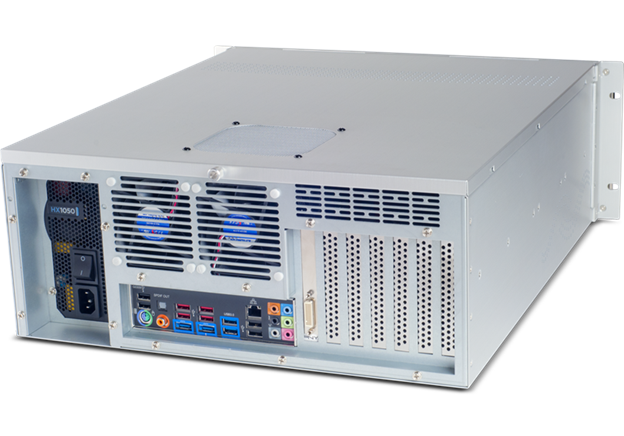Now you know what sort of PC you’re aiming
for, you can begin selecting components. Trying to put together a system can
seem like the world’s most expensive jigsaw puzzle at times, but take it one
step at a time and you’ll eventually find that it’s not that difficult after
all. To help you figure out what to get and why, in this section we’ll tell you
what each piece of hardware is used for, why it matters, and crucially, how
interested you should be in it depending on what type of system you’re aiming
for. We’ve arranged the components in a loose order of importance, starting
with the most essential, gradually giving way to the most optional or
specialist pieces.
CPU/ Processor
Prioritise for: gaming and media centre
systems
The processor is a good place to start when
you’re selecting components for your PC. Not only does it determine what type
of motherboard you buy (and thus impact the rest of the system), it determines
the overall speed and power of your machine. It’s a good idea to make the
purchase of a good CPU the focus of your budget, because the more you
compromise, the more your entire system slows down.

Core
i7 chips are a good idea for gaming PCs, but media centres and high-end
workstations should be able to manage their workload with a Core i5.
Those building performance-oriented PCs
should go directly to Intel’s Core line, whether that means a Sandy Bridge or
Ivy Bridge platform. Core i7 chips are a good idea for gaming PCs, but media
centres and high-end workstations should be able to manage their workload with
a Core i5. Core i3’s are best reserved for mid-level workstations or budget
systems where you want to leave a little room for upgrades. Intel Pentium CPUs,
by comparison, are entry-level and low-power chips best used in budget, silent
and compact systems.
In terms of what to avoid, we recommend you
don’t exceed a Core i5 unless you expect to do some heavy-duty processing (be
that gaming, media editing or coding) and stay away from AMD’s line altogether
right now. These chips run hotter, benchmark slower and cost more than
comparable Intel chips, with worse prospects for upgrades.
Motherboard
Prioritise for: gaming and compact systems
Once you know what processor you want, you
have to pick a motherboard. First, make sure it has the right socket for your
preferred chip, which, if you’re following our advice, will probably mean a
Sandy or Ivy Bridge board with an LGA-1155 socket. You want an ATX-sized board,
unless you’re building a compact PC, in which case go for a smaller iteration,
such as mini- or micro-ATX.

First,
make sure it has the right socket for your preferred chip, which, if you’re
following our advice, will probably mean a Sandy or Ivy Bridge board with an LGA-1155
socket.
Perhaps the biggest question you have to
answer when selecting a motherboard is whether you get on-board graphics or
not. If you’re planning to install a graphics card, you can definitely skip
on-board graphics. If you’re not sure, be aware that on-board graphics chips
are more than adequate for most systems, and even capable of doing some light
3D gaming if you have a sufficiently good processor.
Motherboard brands to look out for include
Gigabyte, Asus and MSI, but all boards are built on the same reference
chipsets, so don’t expect capabilities or performance to vary massively.
Features like built-in Wi-Fi or on-board SSD storage are often attractive, but
remember that it’s easy to add these features yourself later on. This doesn’t
just save you money: it lets you make a more specific decision over what
hardware you end up with. Only pay for extra on-board features if you’re
building a compact system, because they naturally benefit from incorporating as
many features as possible into one of the few essential components.
RAM
Prioritise for: all systems
There’s a fundamental truth about
computers, and that’s that you can almost never have too much RAM. Like
processors, the ideal course of action is to allocate as much budget as
possible and get the most you can. However, unlike processors, RAM is so cheap
that it hardly impacts the price by comparison.

RAM
is useful to all types of system.
If you’re building a PC today, 2GB is
considered low-end (and only just enough to run Windows 7 or 8 in 64-bit mode),
4GB is considered up-to-date, and 8GB or higher should future-proof you for
years to come. Don’t buy much more than that, though, because only
specialist/professional applications will actually be able to take advantage of
such an amount.
RAM is useful to all types of system.
Gaming machines need it to hold large amounts of data, lowering access times
and improving game speeds. Workstations need it to juggle several large
applications simultaneously while multi-tasking (think office suites and web
browsers). Media centres need it to decode and play video smoothly. And silent
PCs need it to reduce disk caching and processing. There’s no type of system
that won’t benefit from having more RAM than it needs.
Don’t go mad, though. Performance
enthusiasts will want to get hold of expensive high-speed/low-latency ‘gaming’
RAM, and compact systems need special low-profile (reduced height) modules. In
most cases, though, you’re fine with unbranded or generic RAM. Just make sure
you test it for errors when it arrives. If it’s faulty, you should get a free
replacement.
Case
Prioritise for: gaming, silent and compact
systems
Once you’ve purchased the previous
components, you essentially have a PC built. Now you just need a place to store
it. If you’re building a workstation or media centre PC, feel free to go for
whichever bog-standard ATX case saves you the most money (media centres are
usually ‘desktop’ cases, which fit easily in sideboards and drawers,
workstations tend to be towers). If you’re building a gaming, silent or compact
system, though, you’ll need to take more care with your choice.

Gaming
systems need cases with good airflow and gamer-friendly features, such as side
windows, hot-swappable drive bays, screw-free fittings and room for additional
fans
Gaming systems need cases with good airflow
and gamer-friendly features, such as side windows, hot-swappable drive bays,
screw-free fittings and room for additional fans. You can easily spend several
hundred pounds on a gaming case, but don’t lose sight of reality: beyond a
certain point you’re paying for unnecessary flash, and a case’s impact on
performance is only ever tangible at the absolute top end. You’re only really
paying for convenience and aesthetics.
Silent systems are more dependent on a case
having passive cooling features such as vents, grilles and heat chambers,
because you want as little active cooling as possible. You’ll have no choice
but to pay a fair amount, if only to avoid having to install an extra fan.
Lastly, compact PCs are defined by their
case. Again, you want as many cooling features as possible, because cramped
systems get hot fast. The bad news is that even though you get less case, you
still have to pay similar prices as you would for full-size ones!